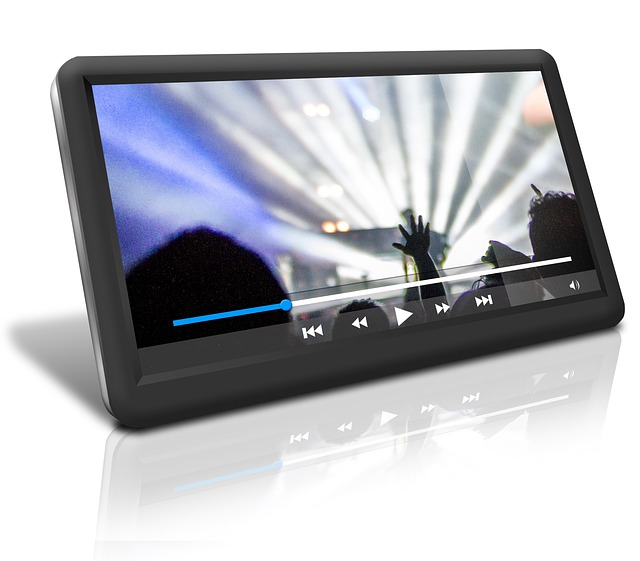Easily play DivX videos on your PC using popular media players like VLC or MPC-HC, which support DivX decoding natively. Ensure optimal playback by verifying system requirements for DivX codec. Install DivX Player, launch it, and allow access to video files. Configure video player settings, selecting DivX as the codec and adjusting resolution. Troubleshoot buffering issues by checking internet connection and meeting bitrate requirements. Update media players and drivers for improved compatibility with DivX videos on PC.
Want to enjoy high-quality videos seamlessly across all your devices? Look no further than DivX, a powerful codec that unlocks superior video playback. This guide reveals how to master DivX on your PC, ensuring you can smoothly stream and play even the most demanding video formats. We’ll walk you through downloading and installing the DivX Player, configuring settings for optimal performance, and troubleshooting common issues to ensure an uninterrupted viewing experience.
Understanding DivX and Its Compatibility

DivX is a video codec—a set of tools that allows for efficient compression and decompression of video data. It’s designed to provide high-quality video playback while keeping file sizes relatively small, making it compatible with a wide range of devices and platforms. When it comes to playing DivX on a PC, the process is straightforward. Modern media players like VLC Media Player, PotPlayer, and MPC-HC support DivX decoding natively, meaning you don’t need any additional plugins or codecs to play these files.
To ensure smooth playback, make sure your system meets the minimum requirements for running the specific DivX codec. This typically includes having a compatible processor, adequate RAM, and updated graphics drivers. Once your system is set up, simply open your media player, load the DivX video file, and enjoy high-quality video playback without any compatibility issues.
Downloading and Installing DivX Player

To enjoy high-quality video playback on any device, start by downloading and installing DivX Player. The process is straightforward for both Windows and Mac users. Begin by visiting the official DivX website, where you can find the latest version of DivX Player tailored to your operating system. Once downloaded, run the installer and follow the on-screen instructions to complete the setup.
After installation, launch DivX Player and allow it to access your video files. The player supports a wide range of video formats, including DivX, AVI, MKV, and more. This versatility ensures that you can play virtually any high-definition video without compatibility issues. With its intuitive interface and advanced decoding capabilities, DivX Player enhances your multimedia experience across all devices.
Configuring Settings for Optimal Playback

To ensure high-quality video playback on your PC, configuring the correct settings is crucial. Start by navigating to your video player’s settings and looking for an option labeled “Video Codec” or something similar. Here, select DivX as the preferred codec. This simple step ensures that your media player knows how to decode DivX files efficiently.
Next, adjust the resolution settings to match your monitor’s display capabilities. Higher resolutions provide better visuals but may require more system resources. Balancing these factors will enable you to enjoy DivX videos seamlessly on your PC without compromising performance.
Troubleshooting Common Issues During Video Playback

Troubleshooting common issues during video playback is an essential part of ensuring a seamless viewing experience, especially when playing DivX videos on your PC. One frequent problem users face is video buffering, which can be resolved by checking your internet connection and ensuring it meets the required bitrate for smooth playback. Additionally, updating your media player to the latest version often includes bug fixes and improves compatibility with various codecs, including DivX.
If you’re still experiencing problems, verify that your device’s hardware capabilities support high-definition video playback. In some cases, outdated or incompatible drivers may cause issues. Keeping your operating system and all related software up-to-date is a simple yet effective method to prevent such problems. For more specific guidance on how to play DivX on a PC, consider consulting online tutorials or reaching out to the support forums for detailed step-by-step solutions tailored to different media players and configurations.
DivX has established itself as a reliable format for high-quality video playback across diverse devices. By understanding its compatibility, downloading and installing the DivX Player, configuring optimal settings, and troubleshooting common issues, you can now enjoy seamless playback of your favorite videos on your PC. With these steps, you’re well-equipped to navigate the world of DivX content effortlessly.
